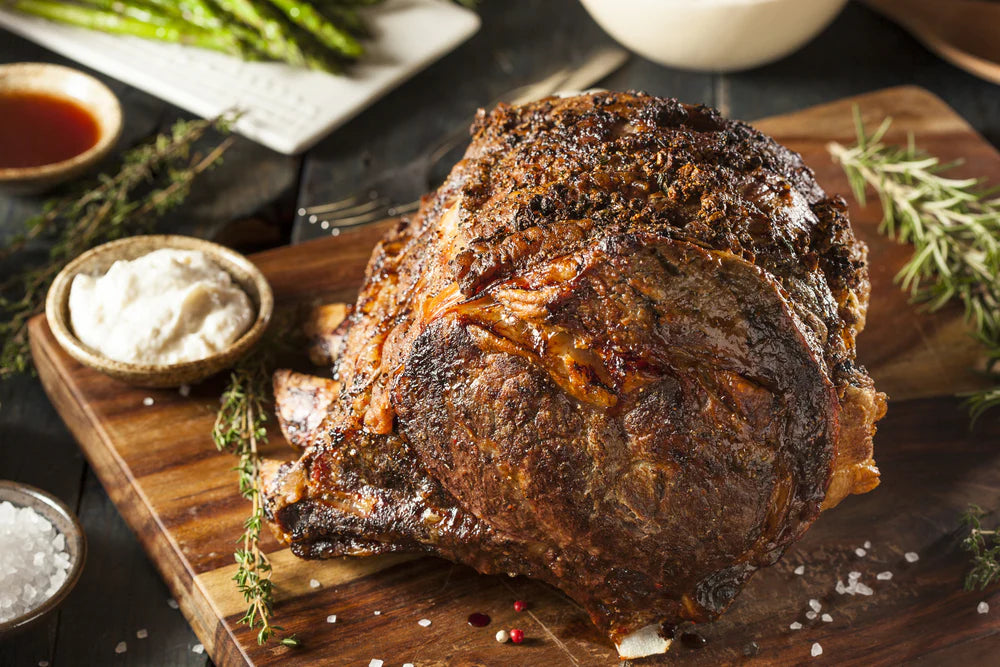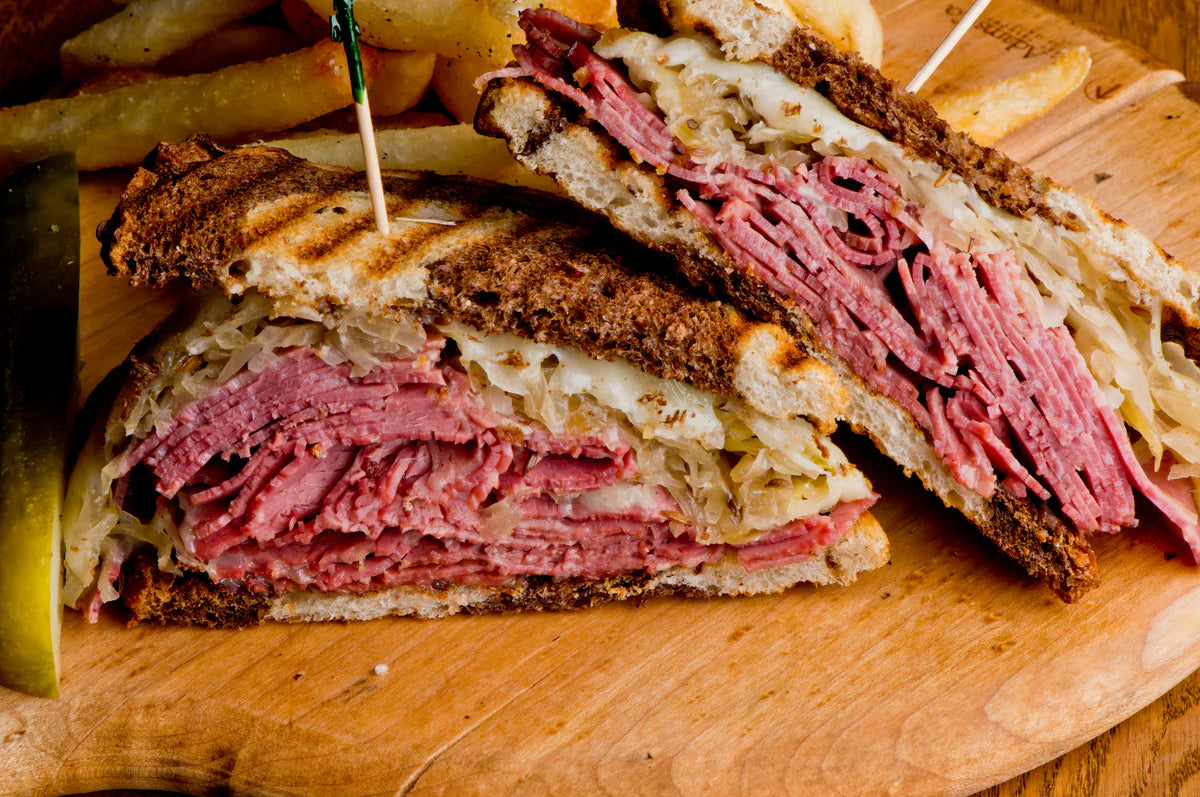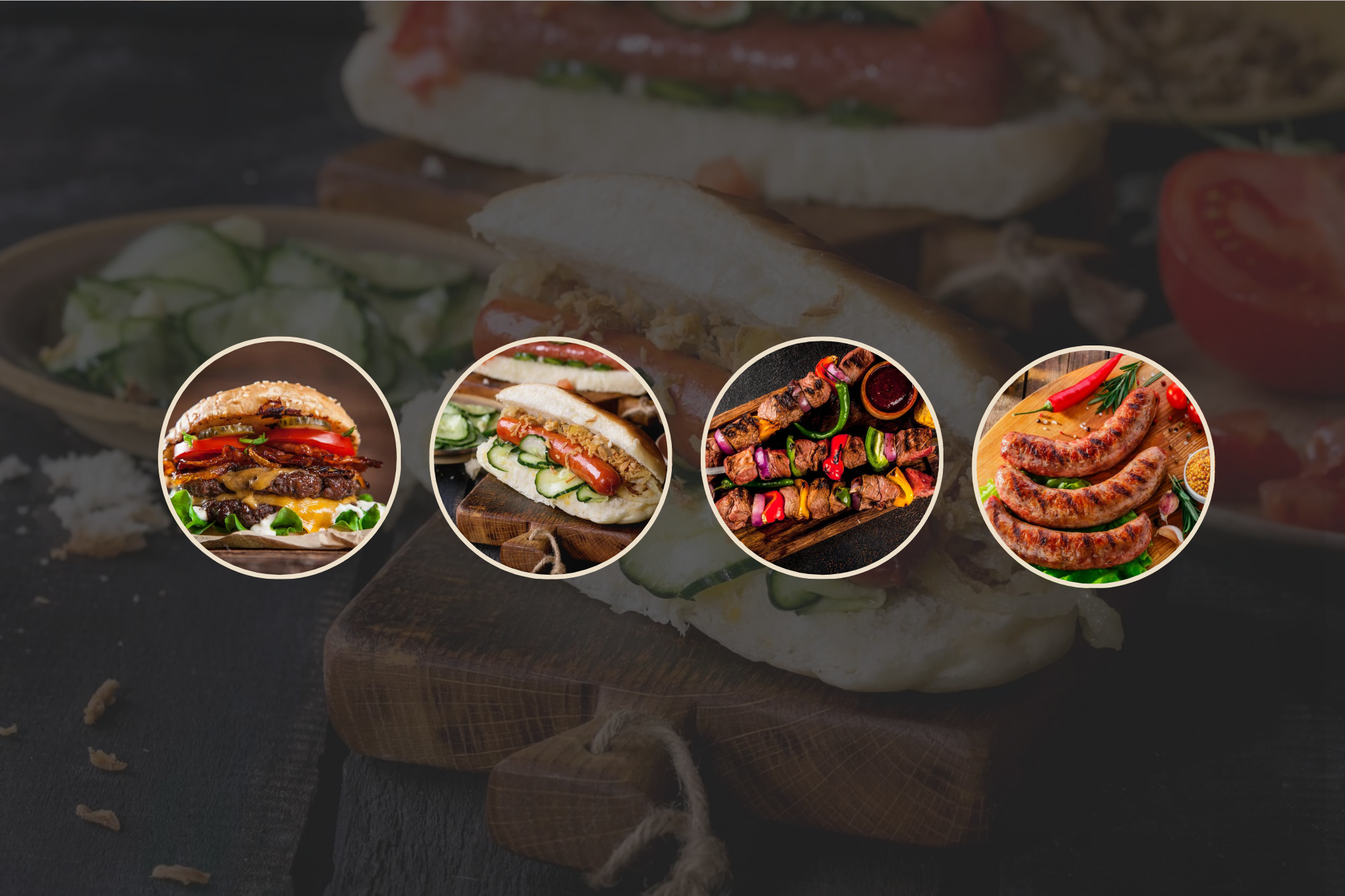
Celebrate Easter with Prime Rib
Easter Feast: Celebrating with Prime Rib Roast
As spring blossoms and Easter approaches, it's time to gather with loved ones and indulge in a decadent feast to celebrate the season's renewal. Easter is not only a religious holiday but also a time for families to come together, share holiday traditions, and enjoy a festive meal with loved ones. Here at Herd 77, special occasions call for the most indulgent cut of beef- prime rib. If you haven’t already done so, place your prime rib order here.
In this blog post, we'll delve into the elegance of prime rib roast, and discover some mouthwatering recipes to accompany this delectable centerpiece.
Exploring Prime Rib: The Pinnacle of Beef Excellence
When it comes to the finest cuts of beef, prime rib stands in a league of its own. This majestic roast, with its marbled perfection and unparalleled tenderness, has long been revered as a centerpiece of special occasion meals.
The Origins of Prime Rib:
Prime rib, also known as a standing rib roast, is derived from the primal rib section of the steer or cow. This cut is renowned for its exceptional marbling, which contributes to its rich flavor and succulent texture. The term "prime" refers to the highest grade of beef as determined by the United States Department of Agriculture (USDA) grading system, indicating superior quality in terms of marbling and tenderness.
Distinguishing Prime Rib from Choice Beef:
While both prime rib and choice beef come from the rib section of the animal, there are key differences that set them apart:
- Marbling: One of the most significant distinctions between prime rib and choice beef is the level of marbling. Prime rib is characterized by abundant marbling throughout the meat, resulting in a tender, juicy, and flavorful roast. Choice beef, while still of high quality, has less marbling compared to prime, making it slightly leaner but not as rich in flavor and tenderness.
- Grading: Prime rib earns its name from the USDA Prime grade, which represents the highest level of quality and is typically reserved for only the top 2-3% of beef produced in the United States. Choice beef, on the other hand, falls just below prime in the USDA grading system and is still of excellent quality, but with slightly less marbling and tenderness compared to prime. Here at Herd 77, our rich farming traditions produce some of the most delectable, prime-grade beef available from our family farm in the rolling hills of southern Iowa. Read more about our farm, practices, and family here.
Prime Rib Roast: A Perfect Easter Centerpiece:
Elevate your Easter feast with the rich flavor and succulent tenderness of prime rib roast. This premium cut of beef is sure to impress your guests and make your celebration truly memorable. Click here for our family recipe- salt-crusted prime rib. Of course, there are numerous other ways and techniques to cook prime rib to perfection. Here are a few more recipes for this decadent special occasion roast.
Herb Crusted Prime Rib Roast:
- Preheat your oven to 450°F.
- Rub the prime rib roast with a mixture of minced garlic, chopped fresh herbs (such as rosemary, thyme, and parsley), salt, and pepper.
- Place the roast on a rack in a roasting pan and cook for 15 minutes to sear the outside.
- Reduce the oven temperature to 325°F and continue roasting until the internal temperature reaches your desired level of doneness (about 15 minutes per pound for medium-rare).
- Let the roast rest for 20-30 minutes before slicing and serving.
Garlic and Rosemary Crusted Prime Rib Roast:
- Follow the same initial steps as above.
- Instead of a herb mixture, create a paste by combining minced garlic, chopped fresh rosemary, salt, pepper, and olive oil.
- Rub the paste all over the prime rib roast, ensuring it's evenly coated.
- Roast in the oven as directed until cooked to perfection.
Smoked Prime Rib Roast:
- Prepare your smoker according to manufacturer instructions, aiming for a temperature of 225°F.
- Season the prime rib roast with your favorite dry rub or simply salt and pepper.
- Place the roast in the smoker and cook until the internal temperature reaches your desired level of doneness, typically 3-4 hours for a medium-rare roast.
- Allow the roast to rest before slicing and serving.
Savory Dishes to Accompany Prime Rib Roast:
No Easter feast is complete without an array of delicious side dishes to complement the star of the show. Here are a few options to consider:
- Garlic Mashed Potatoes: Creamy mashed potatoes infused with roasted garlic, butter, and cream.
- Roasted Vegetables: A medley of seasonal vegetables such as carrots, Brussels sprouts, and asparagus, roasted to caramelized perfection.
- Yorkshire Pudding: A classic British side dish made from a batter of eggs, flour, and milk, baked until golden and crispy.
- Creamed Spinach: Tender spinach cooked in a creamy béchamel sauce flavored with garlic and nutmeg.
- Scalloped Potatoes: Thinly sliced potatoes layered with cheese and cream, baked until bubbly and golden brown.
Conclusion:
Prime rib is the epitome of beef excellence, prized for its exceptional marbling, tenderness, and rich flavor. This Easter, gather your loved ones and celebrate the joy of the season with a magnificent feast featuring prime rib roast and an array of delicious side dishes. Whether you prefer a classic herb crust, a savory garlic and rosemary rub, a salt-encrusted roast, or the smoky goodness of a smoked roast, there's a perfect preparation method to suit your taste. Pair your centerpiece with savory sides and savor the warmth and togetherness of Easter with those nearest and dearest to you. Happy Easter!


